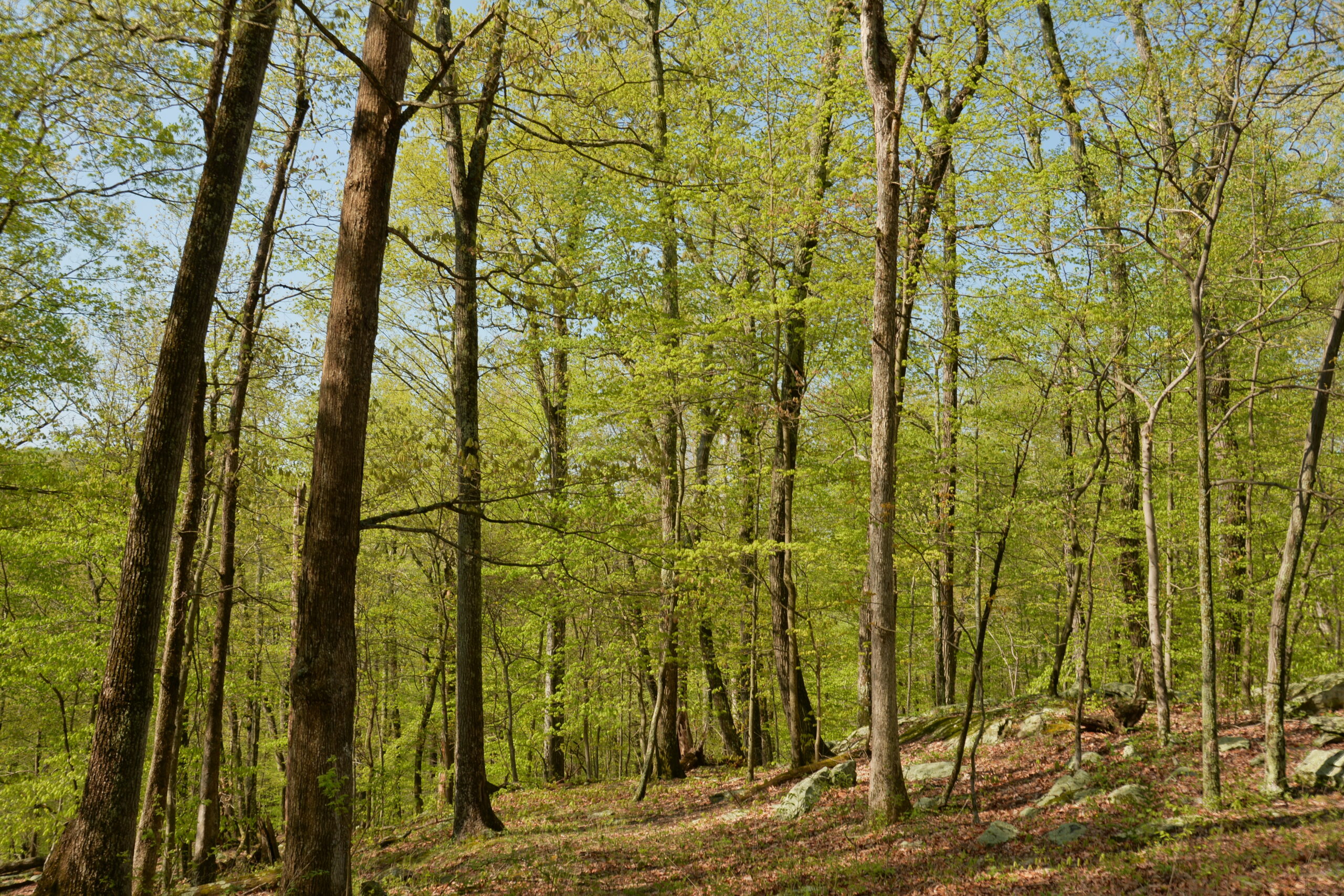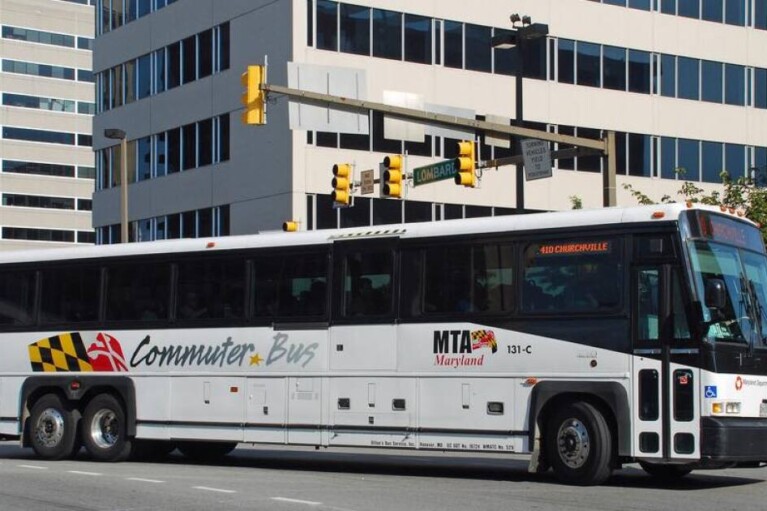Opinion: We can’t bulldoze our way out of the climate crisis. Maryland’s new forest protections propel nature-based solutions

By Hedrick Belin
The writer is president of Potomac Conservancy, an accredited national land trust and clean water advocacy group that advances conservation initiatives with the support of over 30,000 supporters in the greater Washington, D.C. region.
Forests and natural areas are our communities’ best defense against water pollution and the climate crisis. Trees sequester carbon, cool temperatures, reduce flooding, and protect our rivers, lakes, and drinking water sources from polluted runoff.
Locally, forests are the most important landscape to conserve for the health of the Potomac River and Chesapeake Bay. But in the greater Baltimore-Washington, D.C. metro area, and in every other urban center around the world, our greatest environmental asset is also the one most often discarded.
Now, thanks to a new bipartisan state law, Maryland is setting a national standard by expanding its forests and bringing nature-based climate solutions to the table.
Last month, the Maryland General Assembly passed legislation to update the Forest Conservation Act. This statewide law, first enacted in 1991, controls forest clearing for building projects.
Led by Sen. Sarah Elfreth (D-Anne Arundel) and Del. Sara Love (D-Montgomery), the updated legislation establishes a statewide goal to gain forest cover in the coming decades and substantially increases tree replanting requirements — the most significant changes to Maryland state law on forest conservation in the past thirty years.
Maryland’s leadership on this issue is a welcome change from the common policy prescriptions put forth for tackling the climate crisis. In public discourse, state and national lawmakers promote expensive infrastructure projects, emerging technologies, and energy innovations as key solutions to reduce carbon emissions. Global heating is a complex issue that requires these actions and myriad investments — but we cannot continue to put nature last and think we’re going to come out first in this crisis.
Putting an end to reckless deforestation is an affordable and effective nature-based solution to the country’s water and climate crises. The hard-fought efforts to reform and strengthen Maryland’s Forest Conservation Act offer hope that common-sense environmental policies can prevail.
Pressures from population growth, coinciding with increased public concern about climate change, has made forest conservation the subject of fierce debate in Maryland.
Like every environmental woe, the loss of forests often boils down to a short-sighted view of economics. Clearing forests to make way for new building and growth has come with lasting, severe costs. The historic economic undervaluation of forests leaves taxpayers footing expensive bills to mitigate increased pollution and flooding from the destruction of our natural defenses.
Over the last three decades, the state of Maryland and its jurisdictions have spent tens of billions of dollars to clean up the Chesapeake Bay. Significant funding has been spent on wastewater and stormwater infrastructure projects that reduce runoff pollution in our waterways. Since forests naturally absorb and reduce polluted runoff, one could argue that the Bay’s restoration investments would have been far less had previous generations not eliminated 40 to 50% of the region’s forests as confirmed by the U.S. Environmental Protection Agency’s Chesapeake Bay Program.
When Maryland enacted the Forest Conservation Act thirty years ago, a surge in population and a wave of development inspired a series of conservation laws to counteract the negative impacts on the region’s natural resources. The state enacted the Chesapeake Bay Critical Area Law in 1984, the Nontidal Wetlands Law in 1990, and the Forest Conservation Act in 1991. In passing the FCA, Maryland lawmakers intended to minimize the loss of forest land and retain priority forest areas.
Despite this admirable goal, the past thirty years have revealed serious shortcomings of the law. A spate of recent, major development projects, like Abingdon Woods in Harford County where nearly 70% of a 326-acre forest would have been cleared, demonstrates the state’s failure to adequately protect priority forest areas.
And moreover, the original law failed to stop the pernicious impacts of smaller forest clearings on countless building projects, tens of acres at a time. The aggregate impacts of these individual forest clearings don’t make the headlines but add up to major forest loss.
A major turning point in the debate on forests in Maryland came in 2019 when its General Assembly commissioned a statewide forestry study. The study, which used high-resolution data and geospatial analysis provided by the University of Maryland Harry R. Hughes Center for Agro-Ecology and Chesapeake Conservancy, found that Maryland experienced a net loss of more than 19,000 acres of forested lands from 2013 to 2018. Montgomery and Prince George’s counties, bordering Washington, D.C., accounted for nearly 50% of statewide forest loss during this time.
Empowered by the study’s findings, Maryland policymakers were finally able to pass legislation that strengthens the Forest Conservation Act and better protects Maryland’s forests. The changes to the act, along with newly strengthened local forest conservation laws in Montgomery, Frederick, and Anne Arundel counties, are a model for how decision-makers can champion responsible growth and conserve natural areas that bolster the health of our communities in the face of the climate crisis.



